On-page SEO for Your Dropshipping Store
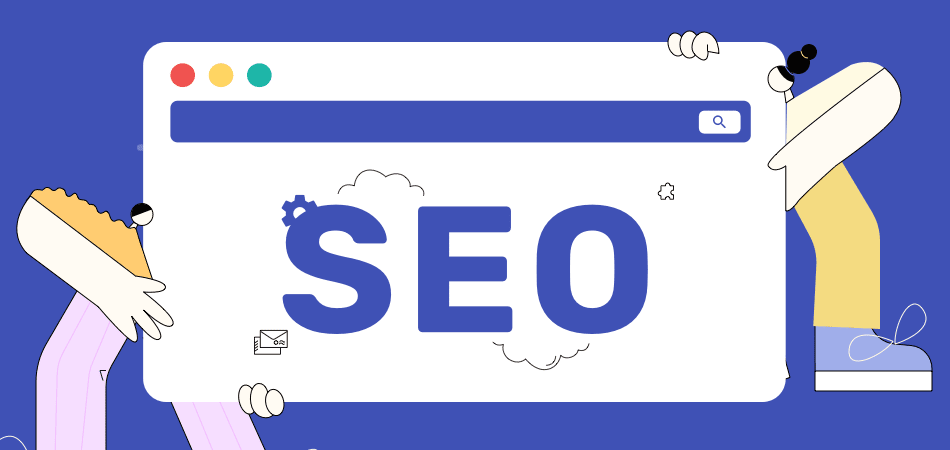
At the very first stage, most dropshipping store owners are clueless about how to make their stores known and attract more customers to their website. They don’t know where to start. That is where SEO marketing comes in. Let's see:
Search engine optimization, or SEO, is a great marketing tool that helps to increase your website's visibility to customers by improving its Google search ranking. SEO is divided into on-page SEO and off-page SEO. On-page SEO refers to the optimization of your website itself, while off-page focuses on everything done outside of your website.
For dropshipping beginners, it is best advised that they focus on on-page SEO at the beginning, for they have total control over it. It also helps to build a strong foundation by improving everything that comes from within your website. This article will introduce to you a few noteworthy on-page practices for eCommerce to help you take the very first steps on the long SEO journey.
Title and Description Tags Optimization
Basically speaking, title and description tags decide how your website shows up on Google search results. They are a very important element that could heavily affect your SEO outcome.

Title and description tags help search engines to understand what your website is about, and what keyword it is relevant to. Furthermore, they act as a booster by attracting customers to click through and therefore drive more traffic to your website. Therefore, it is important to have these tags well-written. Let’s check out a few tips to write these two better.
For Title Tag
A title tag normally consists of 2 parts. These parts vary depending on what kind of page the title represents, and they come with different tips.
For the home page, the title should include the company name and a phrase describing the company business. The brand name should be put at the beginning for better brand recognition, and keywords of your business should be included in the following phrase for SEO effect.

However, for product pages, you should do differently. Your product name needs to be at the front to match people’s search intent. Your brand name is put at the back this time. In this case, you can choose not to insert your brand name if you think it is unnecessary. Many webmasters choose to include call-to-action phrases or service features instead of their companies' names. Either way works just as fine.

For Description Tag
The description tag, in short for meta description tag, is like a small piece of content that convinces users to click on the link. It can be anything you could think of to make the web users believe that you can provide them with what they need.
The first thing you need to remember is that although the description tag does not have a length limit, it may still be truncated if it’s too long, for Google only displays the first 920 pixels characters of your meta description. You would not want to see that happen. Our advice is to keep your description between 160 - 200 characters long. A short description won’t do you good either.
| Get Started Now to Grow Your Online Business with the Best AliExpress Dropshipping Tool - DSers! |
If you struggle to keep it at your desired length, try to write using noun phrases and verb phrases only. Your description tag does not necessarily have to be in sentence format. Moreover, phrases tend to leave stronger impressions on web users.

Next, try to answer these questions to figure out what you should write in the description: What is your service about? What do customers need when they search for your company name or related keywords? Can your products satisfy them? And how? What are the prominent features of your products?..etc. By the time you have it all figured out, you would know what the customer’s pain point is, and how to deal with it efficiently using what you have. With a bit more wording and appropriate keyword placement, your meta description tag is ready to go!
URLs Optimization
URLs are a very important factor to your SEO campaign but somehow are seriously underrated by people. Search engines use URLs along with meta tags, alt tags, and web content to understand what your website is about.
An SEO-friendly URL is a URL that search engines can understand and that it should follow these tips:
Make It Readable
By readable, we mean that the URL should be understood by humans as well. Search engines read your URLs just like how a person does. It does not understand URLs that are composed of randomly generated text.
Furthermore, since the URL is the first thing of your website that customers look at, making it readable also helps a lot in terms of attracting customers. Imagine yourself as someone who wants to buy a washing machine, which URL below will you click on?
http://homeappliances.com/washing-machine
http://homeappliances.com/index.php?=1648524=t84=?p=354
Keyword Included
By incorporating a keyword into your URL, you are telling Google that this URL is about that keyword. This is a very common and effective tip. It should work best for product or blog page URLs since the homepage URL might be a little difficult for you to include a keyword.
Use Hyphens to Separate Words
Hyphens should be included in between words in your URLs. It serves as a word separator to make your URLs easier to read for both humans and search engines. Compare for yourself these 2 examples, which one is more appealing?
http://homeappliances.com/mini-washing-machine
http://homeappliances.com/miniwashingmachine
Some might say they prefer other separators like underscores over hyphens. However, Google itself suggests web owners use hyphens, so you should stick with it.

Keep It Short
Your URLs should be kept as short and simple as possible. Long URLs with long randomly generated IDs tend to confuse both customers and search engines.
However, even when you have made your URLs readable, they might still be a bit long. This usually happens to blog page URLs as web owners simply insert the blog title into the URLs. In this case, try to shorten down the URL by excluding non-semantic words, use noun phrases instead of clauses. Here is an example:
http://blog.com/what-is-seo-and-how-it-can-help-dropshipping-business
=> We shorten it down to: http://blog.com/seo-to-dropshipping
The shortened version looks way better, doesn’t it?
Write Informative Product Description
Once you have managed to attract web users to your store website, the last thing that stands between them and the decision to buy is your products. They need to see if what you have to offer can meet their needs. That is why you need product descriptions. A good description tells your customers what they need to know about your products and convinces them to make the purchase decision.
A product description might only be a small piece of content on your website, but it can bring great effect if done properly. Check out this article of ours about writing tips for effective product descriptions.
Image Optimization
Image optimization plays a vital role in your website optimization. If done right, it can improve your page load speed, which results in a better customer experience. Search engines also pay attention to your images to learn more about your website and could potentially rank you higher. Now, let’s go down on how to get the best out of your images.
Add ALT Text to Your Images
ALT text serves as a text alternative to your images. It helps visually-impaired people who use screen readers to understand what your images are about. Simply consider it as your image description. ALT text is useful for normal users as well. If for some reason the website images cannot load properly, the ALT text will be displayed for them to read too.

Search engines also read these texts to know more about your content, therefore it helps you rank higher in Google Images.
However, it is advised that you should only add ALT text to meaningful images. For images that are only meant for decorative purposes, adding ALT text will only annoy visually impaired readers. For these images, you should just leave them with an empty ALT attribute. The screen recorder will skip them automatically.
Choose the Right Format
There are 4 most common optimized image formats for a website. Each has its own advantage as listed below.
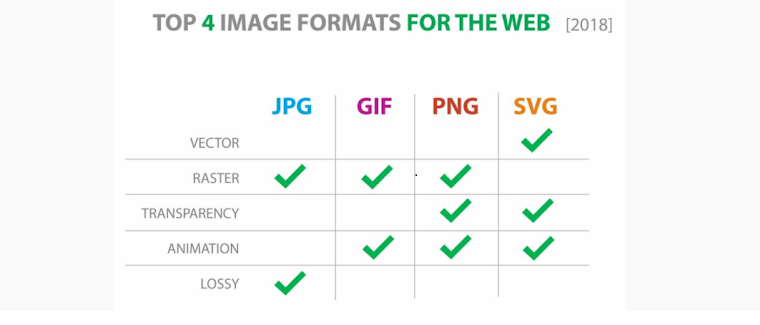
Shopify, a popular eCommerce platform, suggests its users use only JPG and PNG formats for their stores. JPG, for having a balance between quality and file size, is best used for product images. On the other hand, PNG is more suitable for decorative images for it being high in quality and large in size.
If you are a Shopify store owner, you should try SEO Booster app for optimizing your all SEO elements
Find the Right Compression Rate
It is likely that you have to compress your image to fit your website. When doing this, you have to test around to find out the best compression rate. The purpose is to get the best quality out of your image while keeping its file size as small as possible.
To save time, you could use tools to deal with this. Many image optimization tools have an option that can automatically fit your images into your website, which is very convenient. You can try Adobe Photoshop, JPEG Optimizer, or Kraken.
Add a Favicon
A favicon is a mini icon that helps users locate your website easier when they have multiple browser tabs open. For most cases, it is the mini version of your brand logo. A favicon can appear next to anything that represents your website. Here are a few spots where you can see a favicon.
- In the browser tabs

2. In the bookmark

3. In the browser history
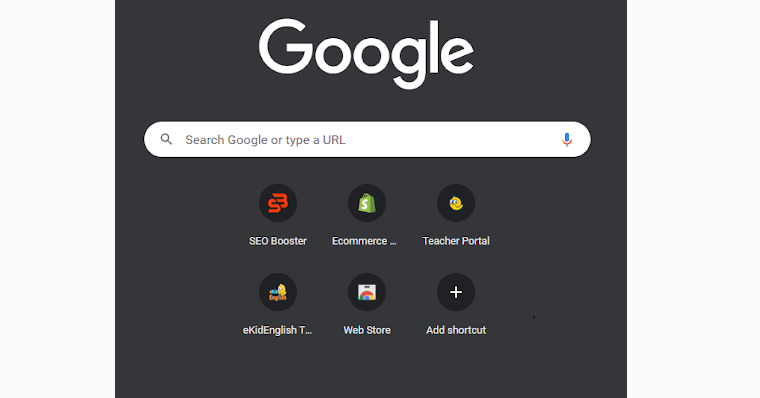
There are many other spots where a favicon can appear. That means a lot of visibility. Although on paper, favicon does not directly improve your SEO, it actually does indirectly. Let’s take a look at how this mini icon can help:
- Favicon contributes to a more user-friendly website experience. Its very first goal is to help web users identify the website they need faster.
- Favicon improves a website's click-through rate. It gives you that extra visual so your website looks more appealing to web users. Between two websites that offer the same thing, users are more likely to visit the one with a favicon than the other.
- Favicon helps with branding. It increases customers’ exposure to your brand logo. Enough exposure will trigger brand recall. That means whenever a customer thinks of a product or service that your brand is associated with, they will remember about your business.
Conclusion
SEO marketing is truly a useful customer acquisition tool for any dropshipper. But business owners must always remember that SEO is a long-term strategy. It requires investment of time and effort to be able to see the desired result.
These on-page SEO tips help you to achieve the very first SEO effects while setting up your online store. However, there are still many more SEO techniques out there waiting to be implemented, not to mention off-page SEO. Dropshipping store owners must always keep a positive and learning attitude to get the most out of it. Just stay dedicated and your hard work will pay off in the end.





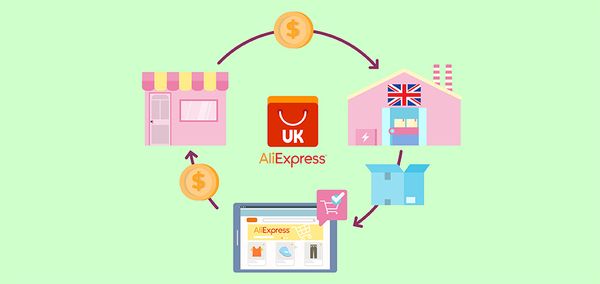
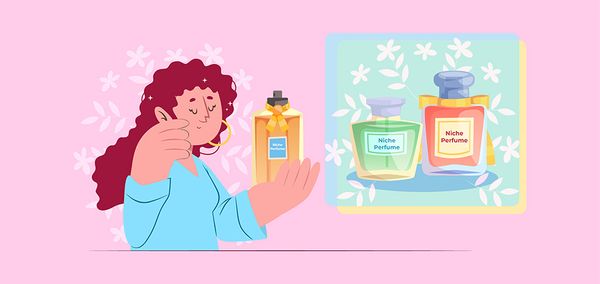
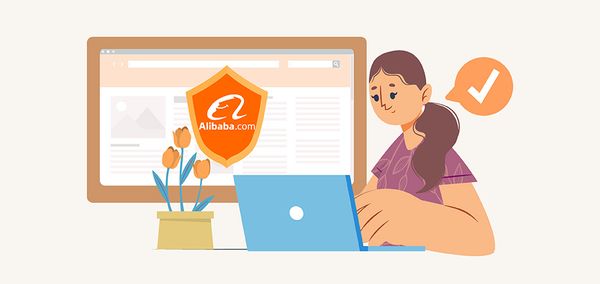





 Company
Company
 Why Choose DSers
Why Choose DSers
 Blog
Blog
 Help Center
Help Center




 Live Chat
Live Chat